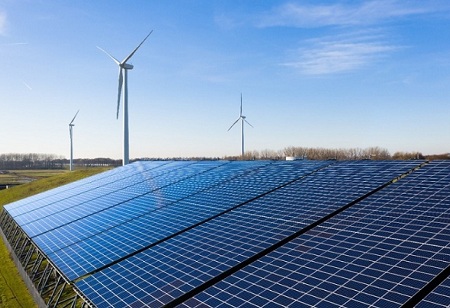
By 2026–2027 and roughly 44% by 2031-32, renewable energy sources (RES) are anticipated to account for more than one-third of the nation's total energy generation. “Variable renewable energy (VRE) penetration is expected to rise as a result of a major capacity expansion from renewable energy sources in the Indian power industry.
The cost economics also shows that a bigger portion of future total capacity growth is anticipated to be contributed by RE-based capacity addition. According to a Central Electricity Authority paper on the National Electricity Plan, the system would need more flexible generation to maintain grid balance with the large-scale addition of RE capacity.
The predicted power generation from renewable energy sources is estimated at 710 billion units, or 35% of the overall energy generation in 2026–2027, based on capacity addition targets. By 2031-32, it is predicted that this will rise to 44% at 1,172 billion units. Following water and wind energy as the main contributors is solar energy. Observe Green Shift. Energy produced by RES accounted for 203.55 billion units of energy in FY23 (up from 170.91 billion units in FY22), or 12.53 percent of all energy produced (1,624.47 billion units) in the nation. During the time period, wind energy accounted for 4.42 percent of power and the solar section for 6.28 percent.
Gujarat and Karnataka came in second and third, with 30 billion units each, and Rajasthan generated the most renewable energy among the states, with 41 billion units. 28 billion units of renewable energy were produced in Tamil Nadu overall. In FY23, Maharashtra and Andhra Pradesh produced 17 and 16 billion units, respectively.
In total, the southern region generated 83 billion units of RE, followed by the northern region with 59 billion units and the western region with 58 billion units. The overall installed capacity of RES (including the large hydro sector) is projected to reach 337 GW by 2026–2027 and 596 GW by 2031–2022.
"India's renewable energy market is expected to grow and serve an increasing number of people with electricity. Renewable energy and the technological ability to store power for on-demand usage generate a new dynamic inside the nation to further explore green prospects for the future, from public transit to infrastructure for industrial and societal development.
We use cookies to ensure you get the best experience on our website. Read more...